I have been fascinated by the diversity of ways in which frescoes have been repaired and individual conservators have sought to preserve the original authenticity of the work, while presenting as complete an image as possible for visitors to enjoy. Of course, there are many, many frescoes where the repair is so complete that it is indistinguishable from the original. And those frescoes which have been recently conserved so that new and old are distinct, are more than likely to have had older repairs which were done with less transparency. As with any painting of a certain age, it is hard to know whether what one sees now is as the original artist intended it five hundred and more years ago.
For me, the different fresco repairs which I came across seemed to split into acts of stabilization or conservation, and acts of recreation or restoration. In the first, which I came across a lot, the original is preserved but there is minimal attempt to recreate parts of the missing image. I saw only one clear example of the second, in which the restored fresco presented a complete image but on close inspection, one could see where additions have been made.
This small Madonna and Child, in the house where Raphael was born and lived as a child, is claimed to be one of Raphael’s earliest works, painted under the supervision of his father, Giovanni Santi, who died when Raphael was eleven. Alternatively it has been attributed to his father, and interpreted as showing the newly born Raphael in the arms of his mother. Regardless of the original painter, parts of the Madonna or mother’s blue gown on her right shoulder and arm have been restored. The short fine, linear brush strokes that create the repair are different from the planes of colour, delicately blended together, in the remainder of the fresco. This is a work in a domestic setting, which meant that I could get close to it and see the different painting styles. Other frescoes in grander settings, the Sistine Chapel being the most obvious that comes to my mind, where one is kept at a distance are also repaired in this way. But one does not get close enough for the optical illusion to start to breakdown in the way it did here for me, my eye oscillating between the whole picture and the differences in painting style.
Of course, the images I have shown just have small fragments missing from a larger scene which is still largely visible and decipherable. I saw older frescoes in Pompeii and Herculaneum, used to decorate the interior of houses, which were far more damaged. Criss-crossed with cracks and patches of plaster, I couldn’t picture the whole decorative effect but the fresco fragments which remained were enough: snatches of bright colours, intricate detail and trompe l’oeil illusion. In some rooms, the design had been continued beyond the fragments, scratched into fresh plaster, to give an idea of the complete composition.
In the meantime, I wish you all a fabulous festive period, for what remains of it, and a Happy New Year!
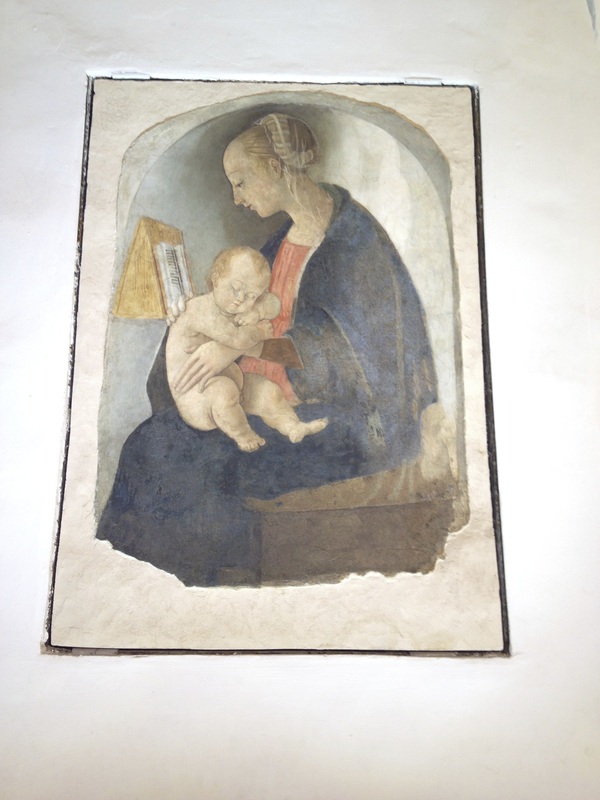
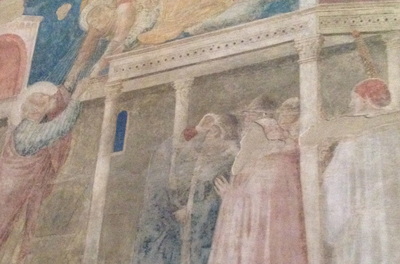
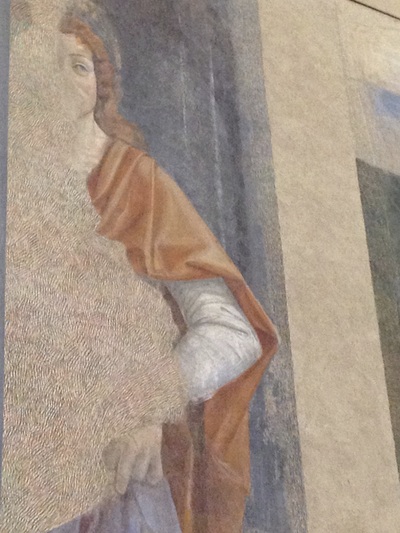
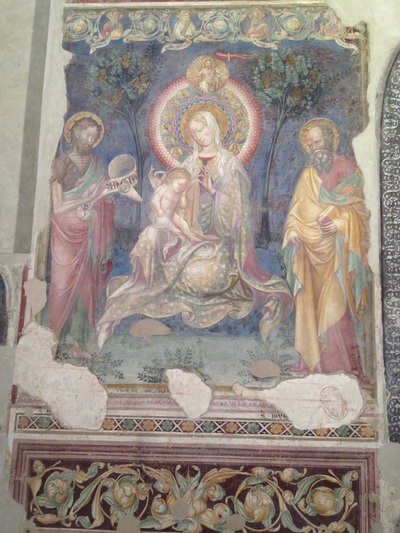
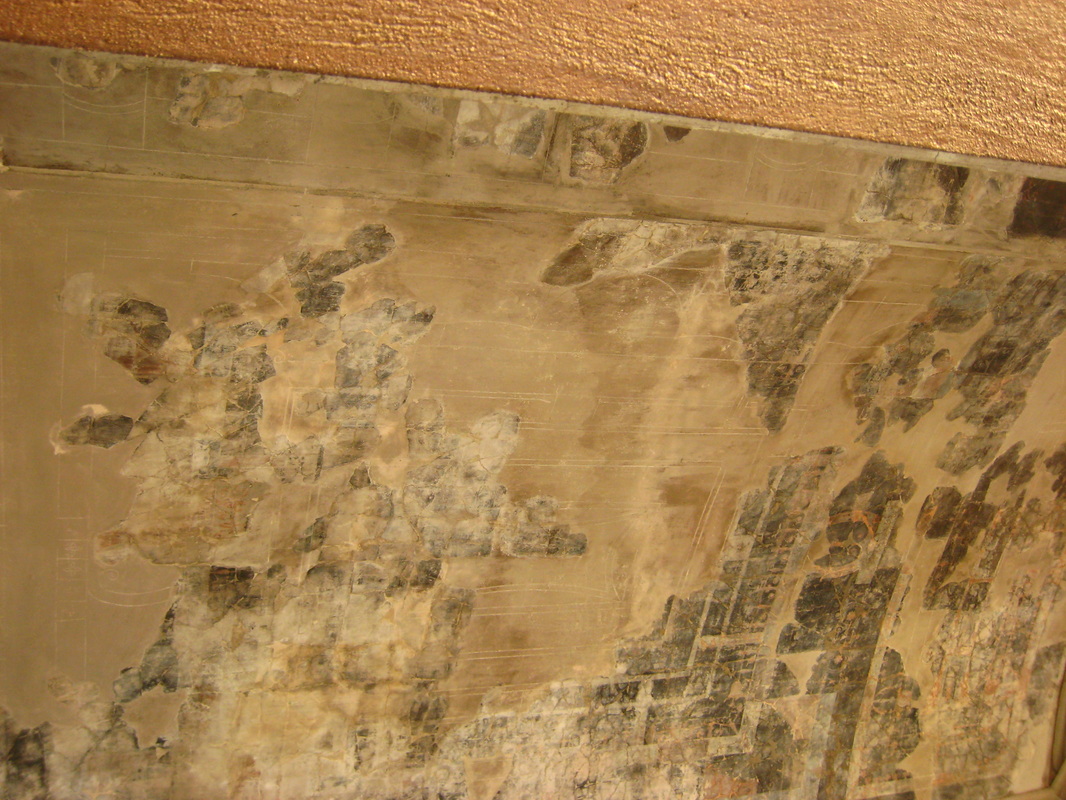
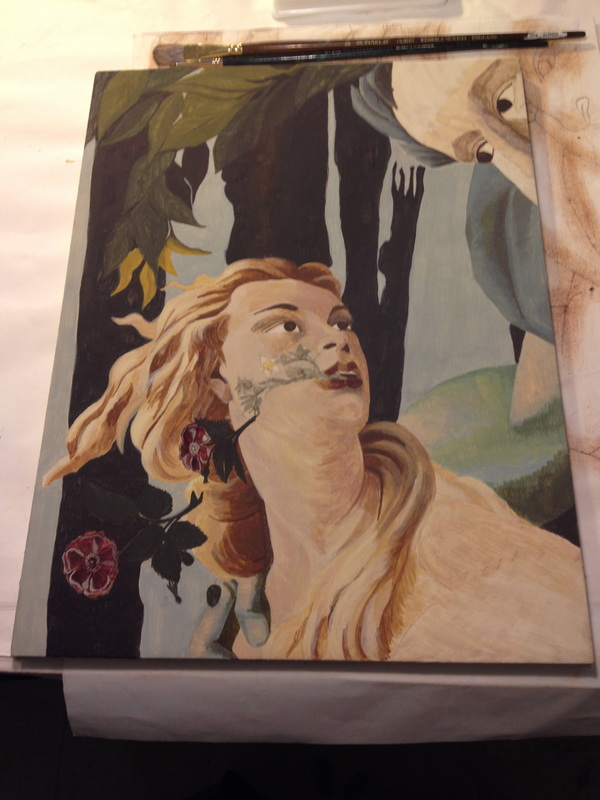
 RSS Feed
RSS Feed
